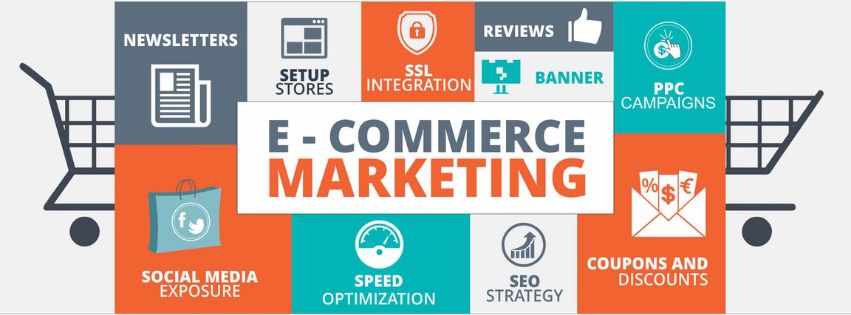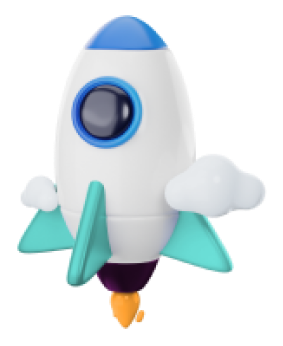
Jully 18, 2022
How to Become a UI UX Designer?
What is UI & UX?
UI
The UI or user interface is the point at which users interact with a computer, website, or application. The goal of UI is to make the user experience simple and friendly so that the user needs the least effort to get the maximum desired result.
Creating a great UI is a challenge, especially because it has to be user-friendly.
UX
UX or User Experience is the first approach to product design. Don Norman was the first to use the term user experience. Basically, UX applies to anything that can be experienced. It could be a website, a coffee machine, or a supermarket visit. “User Experience” basically refers to the interaction between the user and a product or service.
A UX designer understands the user experience and thinks about how easy it is to make it for the user to accomplish their desired tasks.
UI & UX careers
In say local marketplace and global market place there is a huge demand for UI & UX design. UI & UX design is the hot cake of today. It is also in high demand in the freelancing marketplace. It is very easy to build your career based on UI & UX design. Nowadays UI & UX is the most in-demand profile job. According to CNN Money, this demand is growing at 18% annually.
If a site or app has good UI but not good UX then it looks terrible for that site or app. The right mix of UI & UX makes a site or app great. While working on UI & UX you have to think about the user.
How to Become a UI UX Designer?
Step 1: Learn the basic concepts of UX design
As a website’s user experience (UX) is crucial to its success, it’s vital that you understand the basic concepts of UX design. The goal of UX design is to make the user experience as pleasant as possible by addressing the user’s needs and desires, as well as their psychological makeup.
Understanding why users do what they do and why they visit or leave a site is critical to designing a digital product that meets both user needs and business needs.
Step 2: Develop an aesthetic sense
By studying the basics, you can only get so far in understanding design principles. Study website and mobile app designs you enjoy with a critical eye to improve your skills. The next time you visit a website you like, take a few minutes and think about why you like it so much. Is it the color scheme, design interactivity, or font style?
The visual hierarchy of the site, the spacing between elements, and the individual images and icons used should be considered when evaluating the design. Find out what works and what doesn’t. Having a strong eye for design is essential.
Step 3: Invest in appropriate design software
In the next step, you need to get UI/UX software, so you can put what you’ve learned into practice.
To help you narrow down your options, we recommend exploring some of the industry leaders like Figma, Sketch, and Adobe XD that best suit your needs.
Step 4: Create a portfolio of work
You can learn a lot about design just by reading books and articles and following online tutorials. To master UI/UX, you first need to create digital products and build a substantial portfolio of your work. We recommend downloading some free UI kits (or user interface kits) for beginners to get your designs off the ground. It is a bundle of pre-made design elements that contain the basic visual aspects of a particular UI design (think buttons, icons, fonts, menus, etc.).
Step 5: Request customer feedback
Negative feedback can actually be more beneficial than positive input. It’s a great way to improve your design skills, learn new techniques, and come up with new and improved items. Be open to constructive criticism and use it to improve your designs by actively seeking it out and embracing it. Invite the Dribbble community to give feedback on your work by submitting it there. Negative feedback, in the end, can be one of the most constructive things that can happen to your design career. Don’t forget that you don’t have to completely rebuild your power in one day. One percent improvement every day will lead to steady progress toward success.
Step 6: Gain hands-on work experience
Take the plunge and climb your way up the corporate ladder once you’ve built a portfolio of work you’re satisfied with and confident in your abilities. For UI/UX design work, you need to put together an online portfolio of your best work and the design process that went into it. Start your search for an entry-level UI/UX design position today! It’s okay if you don’t get hired right away; Job hunting is a great way to acquire important soft skills like communicating and explaining the reasoning behind your ideas. Hiring managers highly value these features in terms of design potential.
Turn your creative ideas into reality by choosing our unique UI/UX Design Specialist program. Get hands-on experience and sharpen your skills through real-life innovation projects and experiential learning. Contact us now!
Finally, The present age has become highly dependent on online. With the change of era, the number of online users is increasing a lot. The demand for various designs is increasing with it.
And there is a shortage of designers compared to the UI/UX design needs of the current market. And so it can be said that if you can be a skilled UI/UX designer, it will definitely work.
Recent Posts

What is important to become a Laravel expert?
Jully 11, 2022

What is white-label Cryptocurrency Exchange software?
Jully 11, 2022

Skills that an e-commerce web designer have to needs
Jully 11, 2022



